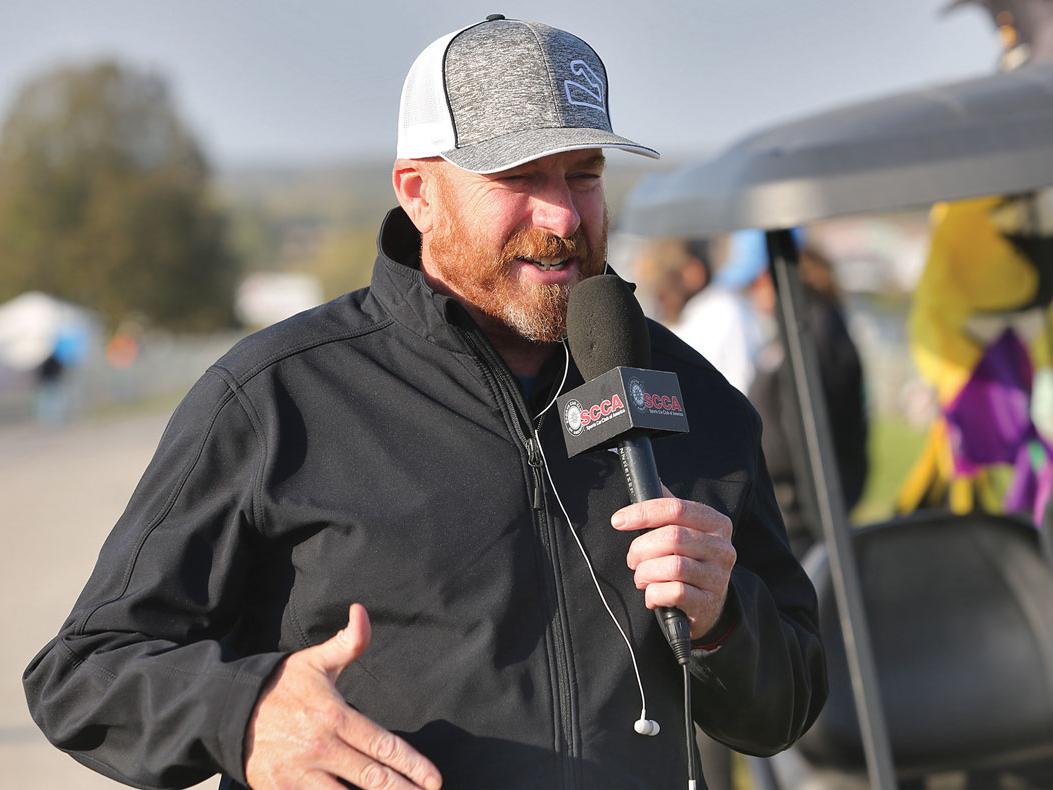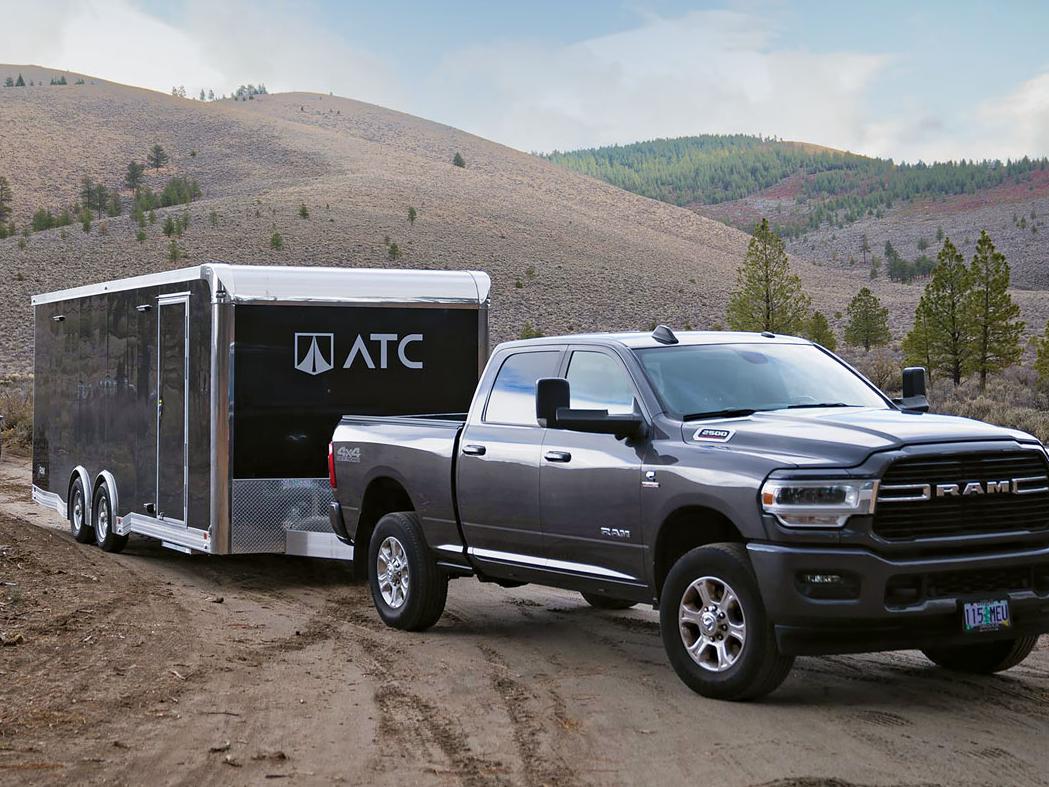International Report: The New Virtual Workplace
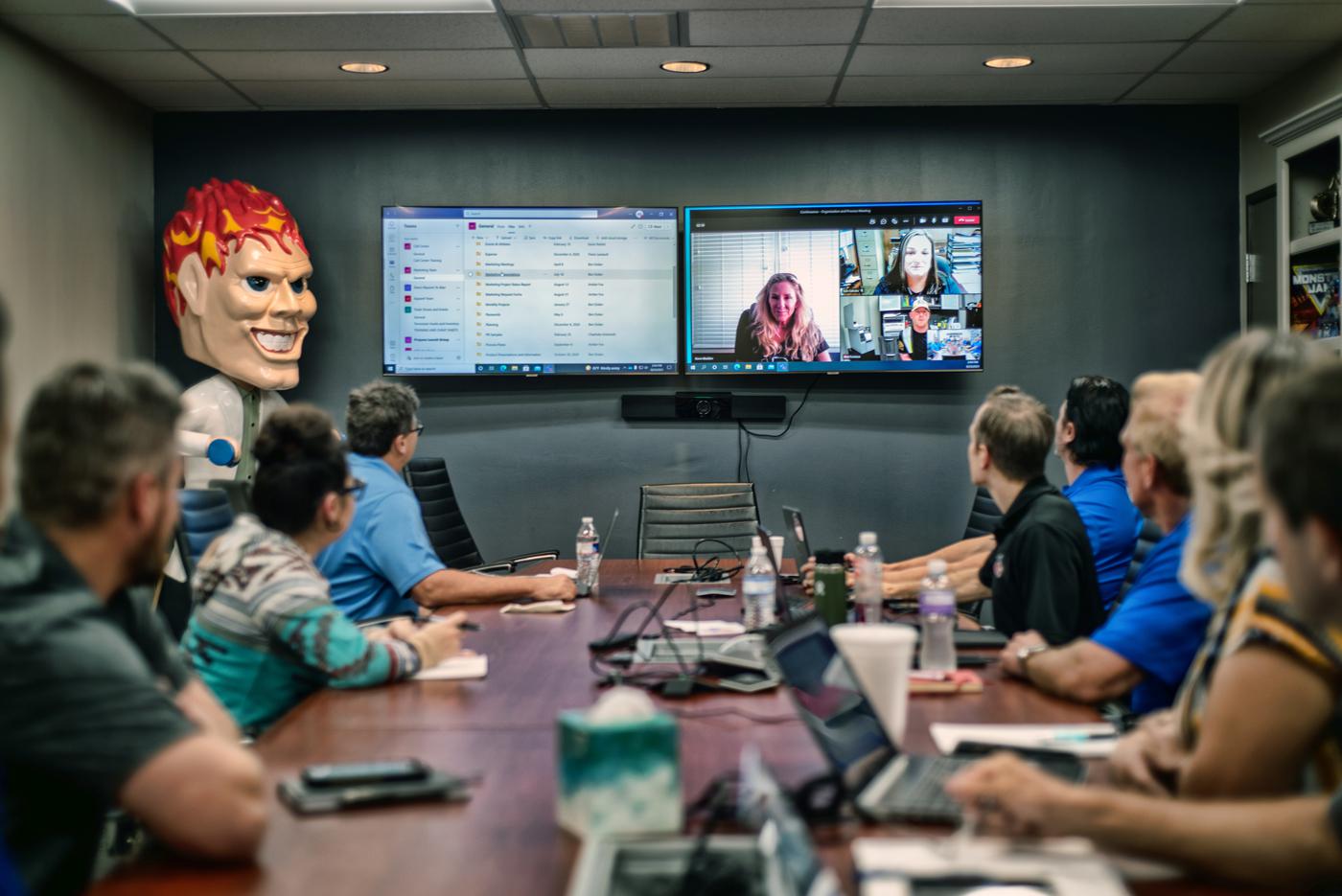
With ongoing travel restrictions and many businesses’ staff still working from home, online platforms have taken on an increasingly pivotal role in how companies stay in contact internally and with their customers. After a year of trial and error, we’ve gained some insight into what seems to work best—and also what doesn’t.
Not so long ago, video conferences and virtual meetings were looked at as a necessary evil—a rather inelegant solution to the temporary issue of not being able to put a certain group of people in the same room at a given time. In the new reality brought on by the pandemic, though, face-to-face meetings are still rare occurrences for many companies. As a result, these technologies have now become indispensable tools to conduct business.
As an industry with strong international ties that often champions a hands-on approach, racing has been particularly affected by these circumstances. But ingenuity has also long been a hallmark of motorsports, and it’s a mindset that tends to carry over into the office.
Here we take a closer look at how companies are continuing to do business and effectively communicate while in-person contact remains elusive. We also get some insight into where things may be headed as the available solutions continue to evolve and we collectively establish the new normal.
ASAP Trading USA
San Diego, California
“We normally travel throughout Latin America to see our customers—the importers,” said Juan-Jose Rebaza. “And we also travel throughout the United States to see companies and the factories that we represent. So after lockdowns took effect in March of 2020, we had no choice but to face this new reality. We had a number of scheduled trips to Peru, Chile, Argentina, Ecuador, and elsewhere that we had to cancel, or, in some cases, the airlines were canceling those flights. So we quickly needed to regroup and think about how we were going to do this now, because the best marketing for us over the past few years has been these in-person meetings and attending some of the biggest events in Latin America (Mexico, Central and South America).”
Rebaza told us that early on, the issue of attending events essentially solved itself—there no longer were any. The real challenge they faced was finding a suitable and effective replacement for their in-person meetings with clients and customers. “Very quickly we realized we were going to have to get comfortable being in front of a camera,” he explained. “So we made sure that we had nice company shirts, confirmed that our haircuts and eyeglasses were on-point, and then we got some nice equipment to use.”
Beyond meetings, Rebaza and his partner Ricardo organized what he refers to as virtual trips, virtually traveling to Colombia, Mexico, Costa Rica, Panama, and other countries, not only to maintain their relationships with their customers, but to reassure those folks that they understood the situation they were going through because they were dealing with similar challenges as well.
“Initially it wasn’t an easy adjustment for some of the customers and factories,” he explained. “Some just weren’t ready for it. Employees didn’t have cameras or didn’t have microphones. Others just weren’t comfortable being on camera and being seen at home. But by the beginning of June things started coming together, and people started getting used to those meeting requests. And little by little, people also started to figure out how to go racing again.”
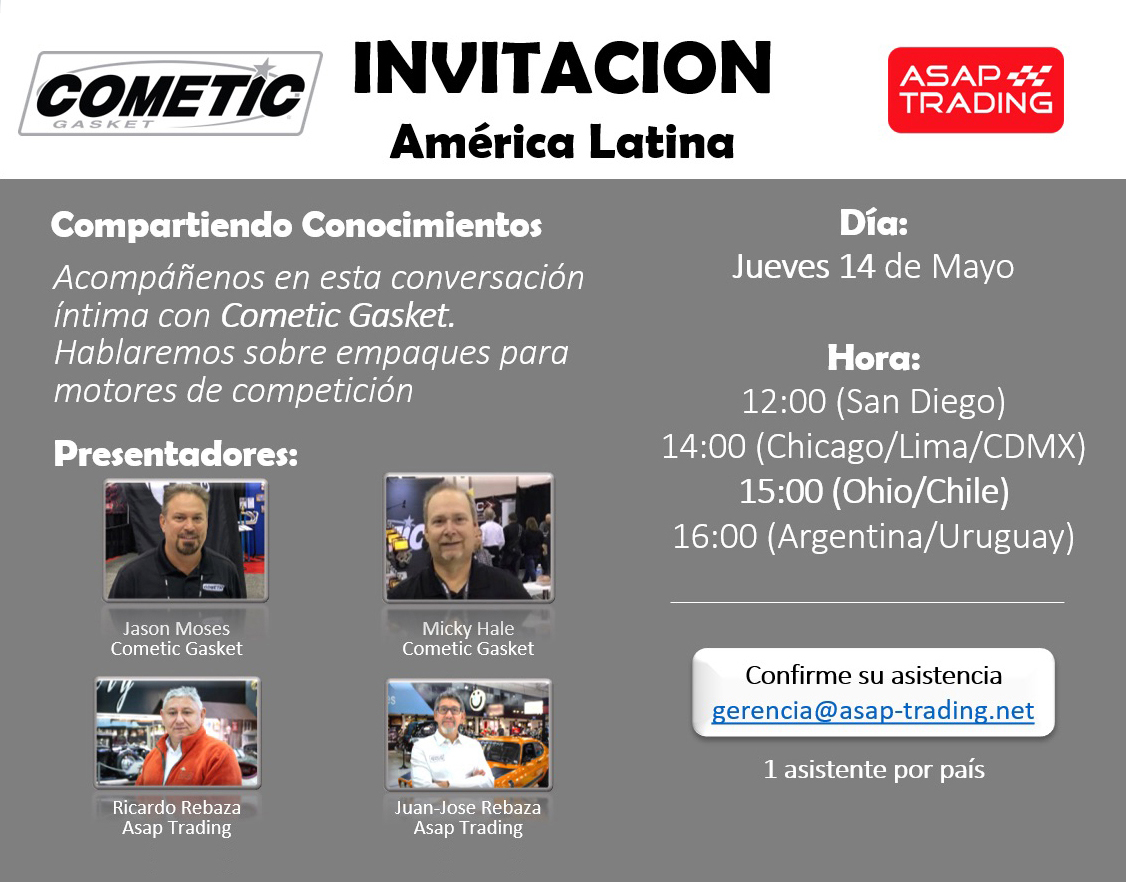
Rebaza said that they initially used Zoom for video conferencing, but they quickly ran into limitations with the free-to-use version of the platform. “It seemed to be the easiest option, but you’re limited to 45 minutes with the free version and then it abruptly cuts out. So there were times where we had organized a seminar with one of the factories that we represent, and in the middle of it the meeting would get cut off. I’d have to tell them that we had a technical issue and send another link to a new meeting.”
That led the team to seek out other options, which in turn brought them to Google Meet. Formerly known as Google Hangouts, the video meeting software functions similarly to Zoom, but boasts several distinct advantages. “We found out that it offered unlimited time for free, and the quality and reliability was similar to Zoom. The audio and video settings are easier to adjust, too. And the process of creating a new meeting is very streamlined.”
However, Google Meet comes with a caveat of its own. “You have to have a Gmail account in order to use it, and that can sometimes be a hassle if one or more of the potential attendees don’t have one. But these days most people have a Gmail account, and they’re also free, so that hasn’t been a huge issue for us.”
He also began to establish some best practices in order to keep everything running smoothly. “I would send an initial calendar invite for meeting sometime in the future—let’s say a Friday at 9:00 in the morning—and then on the invite, I would explain that five minutes before the meeting, I would send out a link to the meeting. So five minutes before the scheduled meeting I’d create the meeting and send out a link, and it worked like a charm. Engine builders and garage owners normally aren’t sitting in front of the computer all of the time, and these days we’re processing so much information on a daily basis that it’s really easy for these types of things to get forgotten. So that kind of works as an excuse to remind people about the meeting.”
While Google Meet has become the go-to platform for ASAP Trading USA, Rebaza noted that companies should really have all the popular options installed and ready to go at a moment’s notice. “The bigger companies might take issue with certain platforms because of security concerns or things like that,” he said. “Some prefer Microsoft Teams or GoToMeeting. Each company has its preferred tools, so you need to be able to move fast and be comfortable using different platforms.”
He added that messaging apps like WhatsApp have become more popular alternatives to traditional email because of their simplicity and ease of use. “WhatsApp is great because it’s very user-friendly and full of features. For instance, it’s really easy to snap a picture and share it with a person—you don’t even have to ‘attach’ it. And you can synchronize your conversations across multiple devices, so if you move from your mobile phone to your laptop, you can pick up right where you left off.”
Meanwhile, Telegram is a newer messaging app that is gaining traction internationally as well. “I see more and more people using it every day. It’s a business platform, but it functions like Snapchat. The messages eventually go away on their own. I send you a text, you read it, and it goes away. People seem to appreciate the privacy and security that design provides.”
Even though these platforms offer viable solutions for their company, Rebaza admitted that nothing can ever totally replace the effectiveness of in-person meetings. “Since we’re not able to travel, we’ve also started to use agents in each country that we normally frequent, so we can at least visit customers indirectly. Folks still want that personal touch, so we’re trying to be creative and do what we can do.”
VP Racing Fuels
San Antonio, Texas
Although VP Racing Fuels’ business was significantly impacted early on during lockdown, the company quickly saw its sales for small engine fuels skyrocket as folks across the nation looked for projects to take on while stuck at home. “With everyone stuck at home, people decided to start working in their yards. Thankfully we have diversified our product portfolio and we are no longer just a race fuel company. Having a full line of ethanol-free small-engine fuels truly saved our business,” said James McVey. “And since we commonly use ethanol in several of our race fuels, we developed our own hand sanitizer and brought that into the market through our distribution channels. Those sanitizers generated an additional revenue stream that allowed us to remain profitable even with the reduction in our race fuel sales.”
As a result, 2020 ended up being a record year for VP Racing Fuels, and it’s on track to raise the bar even higher this year. But with a significant international presence, the company has also faced logistical challenges as a result of the pandemic that required changes to its strategies.
“Domestically it changed quite a bit,” explained McVey. “We have facilities on the West Coast, East Coast, Northeast, and so on, and salespeople who are normally constantly out there knocking on doors and meeting with customers. So when COVID hit, all those face-to-face meetings stopped, and everything went online. The international side wasn’t really as impacted, but that’s because we were already using online software solutions for meetings in many cases.”
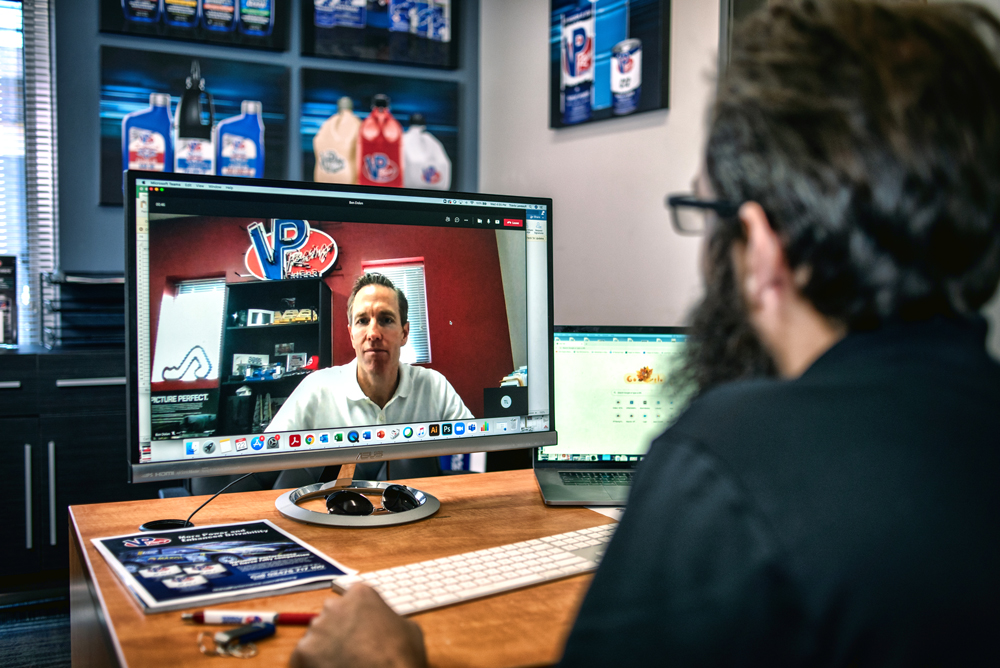
VP Racing Fuels’ virtual meeting platform of choice is Microsoft Teams. McVey said Teams was chosen largely for its performance and security, but there are other advantages as well. “It’s not just meeting software. There are a lot of features that a company can use internally, too. You can create chat rooms and groups, share files and so on. We utilize it to communicate with each other on a day-to-day basis internally, often as an alternative to email. The days of sending out emails with 20 people cc’d on it, and then receiving 50 replies, are mostly over thanks to this platform.”
But he noted that even with a proven solution like Teams, it’s important to prepare for the unexpected. “You can’t assume that the technology is always going to work,” McVey advised. “You can have the best software, but if your customer doesn’t have the greatest data connection, you’re going to have some challenges. I think we’ve all become a little more forgiving of those issues now, though. People have learned to deal with it.”
That’s important because these technologies are likely to only become more integral in the coming years. “We’ve seen that it’s the direction things are going, and it has definitely helped us get answers quicker and keep in regular contact with our customers,” McVey said. “Like the transition from fax machines to email, it has sped up the way we do business.”
Motor State Distributing
Watervliet, Michigan
Like many in the industry, Motor State Distributing saw its business come roaring back in the summer of 2020. But with most events canceled or postponed, it sought to find a way to keep in contact with its customers, and ultimately its traditional methods proved the most effective.
“Today we’re still primarily email-based,” said Darren Lane. “We didn’t really try to push anything on anybody in terms of technology. It’s more about staying in regular contact with people. The sales team has never really done much in the way of video conferencing—I don’t think they’re particularly fond of it, to be honest. Occasionally a customer might call using FaceTime or something like that, but other than that, we stayed with the platforms that people feel the most comfortable with.”
That focus on ease-of-use has helped bring WhatsApp into the fold as well. “I think we’ve kind of gravitated toward that platform because it tends to be what the customer is comfortable using.”
Lane said it’s important to avoid creating potential technical barriers that could hinder regular communication, both internally and with customers. “Our team uses instant messaging a lot, and it seems to help. We use Cisco WebEx Messenger, but other platforms like Slack and WhatsApp will also do the job, so it really comes down to preferences and priorities.”
Looking into the future, Lane doesn’t expect Motor State Distributing to change too dramatically over the next few years. “There’s always room for improvement, but I think we’ve got things pretty well dialed-in at this point. What we’re doing seems to be working.”
AEM Electronics
Hawthorne, California
AEM’s Kirk Miller noted that international travel has never been a major element of the company’s business operations, and that’s by design. “We have a pretty robust network of distribution partners who are basically our boots on the ground. When you have a good distributor with a wide-open channel of communication, you’re talking with those folks every week, if not more.”
So while AEM’s use of video conferencing did increase after travel restrictions were put into place, it was already familiar territory for the team. “Whether it be text, email or video calls, we had already been using these systems frequently for years,” said Miller. “We have engineers in the field who regularly call in through video, so we were set up for this.”
He told us the platform of choice for day-to-day communication within the company is Slack. “Instant messaging programs tend to be quicker than email, and the messages don’t get stacked up in your inbox. You see it right away, so you’ll often respond right away. An email might get buried under dozens and dozens of other emails that come in throughout the day, but when someone receives a direct message like that, it gets their attention.”
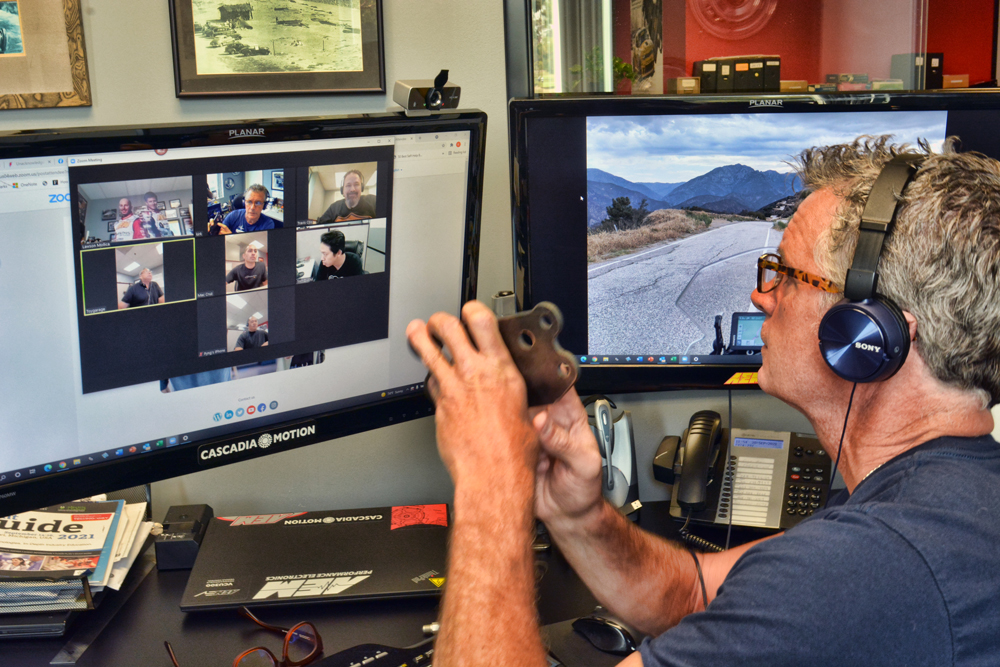
Miller pointed out that the company generally prefers using Google Meet because of its user-friendly design, but it often needs to jump to other platforms to work with engineering companies and suppliers who have their own preferred software. “In some cases that might even be a solution they’ve developed in-house, and they just send us the login information. But we’ll use whatever makes everyone happy.”
Even though the company was well-versed in video conferencing etiquette before COVID, Miller said that they have learned a few things over the past year or so. “The biggest problem I’ve noticed is high head counts. When you get 12 to 15 people on a call, distractions and noise can become frustrating. Smaller head counts usually lead to more effective meetings in that regard.”
Yet despite any potential annoyances, Miller said it’s worth the effort. “The cool thing is that, much in the way a call allows you to hear the inflection in someone’s voice that you can’t get through email or text, video conferencing adds another layer to it,” he explained. “You can actually see someone’s face and read their body language. I think that makes a difference.”
SOURCES
–
AEM Electronics
aempower.com
ASAP Trading USA
asap-trading.net
Motor State Distributing
motorstate.com
VP Racing Fuels
vpracingfuels.com
 MEMBERSHIP LOGIN
MEMBERSHIP LOGIN JOIN PRI
JOIN PRI
